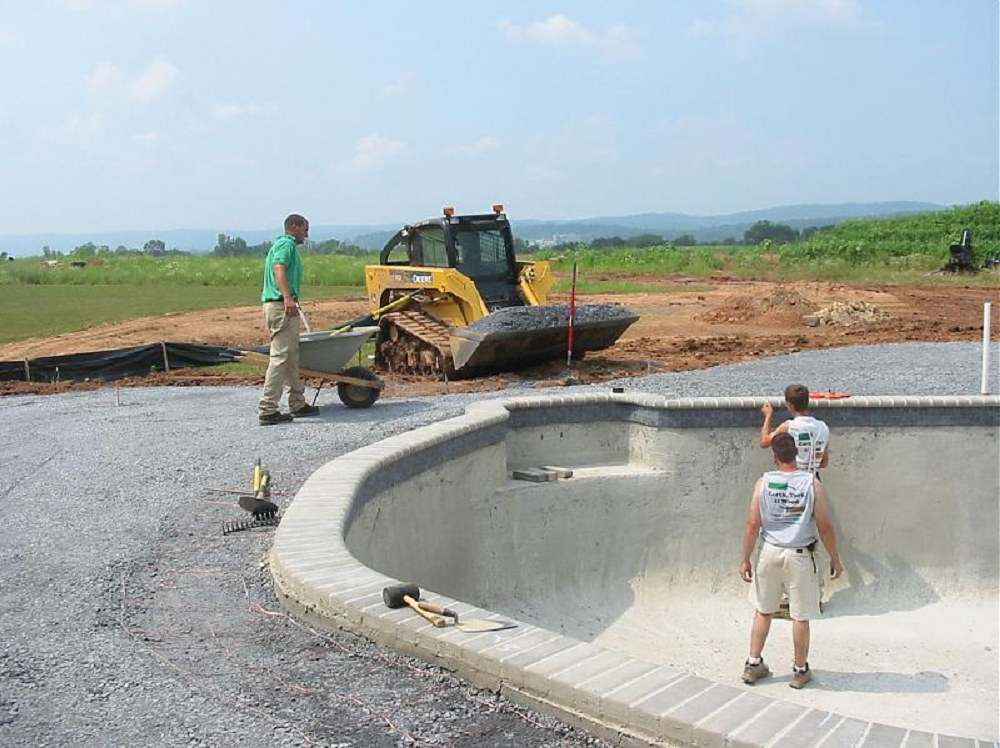A swimming pool in the back garden is becoming less of a luxury and more of a necessity as our climate continues to warm up. Record-breaking summer temperatures over the last few years have left many of us ready to make the investment in a pool of our own, with maintenance of the installed pool vitally important if you want to avoid a nasty shock.

What is pool bonding?
Put simply, pool bonding is the process of separating water from electricity – when the two mix, the results can be lethal. If a stray electrical current occurs in your pool, the water and your body can both act as conductors.
A properly bonded pool will ensure that any current flows outwards to a metal grid or wire, from where it can be safely dispersed. Ideally, anything within five feet of your pool will be properly bonded with a copper wire.
How the science works
All metal panels, hand rails and lighting need to be bonded. The science works like this: by keeping the potential at zero, there can be no flow of current. It is this flow that can pass through the body and cause electrocution, which is why all stray current needs to be grounded through a bonding wire. This is an exposed copper wire that should be attached to pumps and other equipment and then pass into the ground to safely disperse the current.
The risk of shock occurs because a wet human body has lowered resistance and is potentially in contact with earth potential.

Creating a bonding grid
To connect the copper wire used for the bonding grid, you can use metal anchors held in place by a metal bonding adhesive from a company such as http://www.ct1ltd.com/. This will enable you to compare several adhesives to find the best fit for the job. The copper wire needs to be attached to the perimeter of the pool at certain points and to all metal components, such as ladders and lights.
You are also required to have nine square inches of metal submerged in the pool. This can either be incorporated in the skimmer or the pool ladder or lighting, if suitable.
